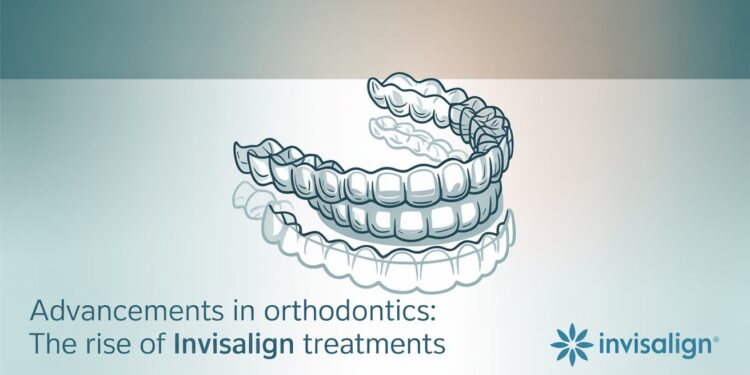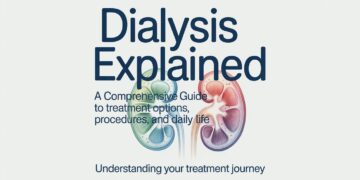Orthodontics has seen a remarkable transformation over the past few decades, evolving from traditional metal braces to modern, innovative solutions that cater to both aesthetic and functional needs. Among the most notable advancements is the rise of Invisalign treatments, which have revolutionized the way individuals approach teeth straightening.
The Evolution of Orthodontic Treatments
Historically, orthodontic treatments were synonymous with bulky metal braces, a necessary but often uncomfortable solution for correcting dental misalignments. The need for a more discreet and comfortable alternative led to the development of Invisalign in the late 1990s. Since its inception, Invisalign has gained immense popularity, offering a clear, comfortable, and effective way to achieve a perfect smile without the inconvenience of traditional braces.
Understanding Invisalign Technology
Invisalign uses a series of custom-made, clear aligners that are designed to gradually shift teeth into their desired position. These aligners are made from a flexible, medical-grade thermoplastic material that is virtually invisible when worn. The treatment plan begins with a 3D digital scan of the patient’s teeth, allowing orthodontists to create a precise and personalized treatment plan.
The aligners are typically worn for 20 to 22 hours a day and are changed every one to two weeks as the teeth gradually move. This process is not only effective but also offers the convenience of removing the aligners for eating and oral hygiene, a major advantage over traditional braces.
The Benefits of Invisalign
The rise of Invisalign can be attributed to its numerous benefits, making it a preferred choice for many individuals seeking orthodontic treatment. Some of the key advantages include:
- Discreet Appearance: The clear aligners are virtually invisible, allowing patients to undergo treatment without the stigma of metal braces.
- Comfort: The smooth plastic aligners are more comfortable than traditional braces, reducing the risk of mouth sores and irritation.
- Convenience: Aligners can be easily removed for eating, brushing, and flossing, promoting better oral hygiene.
- Predictable Results: Invisalign treatments are based on advanced 3D imaging technology, providing a clear visualization of the treatment progress and outcome.
Invisalign for Various Orthodontic Issues
Invisalign is not limited to minor cosmetic adjustments. It is capable of addressing a wide range of orthodontic issues, including crowding, spacing, overbites, underbites, and crossbites. This versatility has expanded its appeal, making it suitable for both teenagers and adults.
The Role of Orthodontists and Dentists
The success of Invisalign treatment relies heavily on the expertise of orthodontists and dentists. Their role is crucial in planning and monitoring the treatment process, ensuring optimal results. In cases where emergencies arise, such as a broken aligner or unexpected discomfort, seeking prompt assistance from an Emergency Dentist in Texas can help address any issues without delaying treatment progress.
The Future of Orthodontics
As technology continues to advance, the future of orthodontics looks promising. Innovations like Invisalign are paving the way for more personalized and efficient treatments. The integration of artificial intelligence and machine learning in treatment planning and monitoring is expected to enhance precision and outcomes further.
In conclusion, the rise of Invisalign treatments marks a significant milestone in orthodontic care, offering a modern, patient-centric solution for achieving a healthier and more aesthetically pleasing smile. As more people become aware of its benefits, Invisalign is poised to remain at the forefront of orthodontic advancements for years to come.
Do Read: How Salbutamol Works: Mechanism, Benefits, and Clinical Insights



















